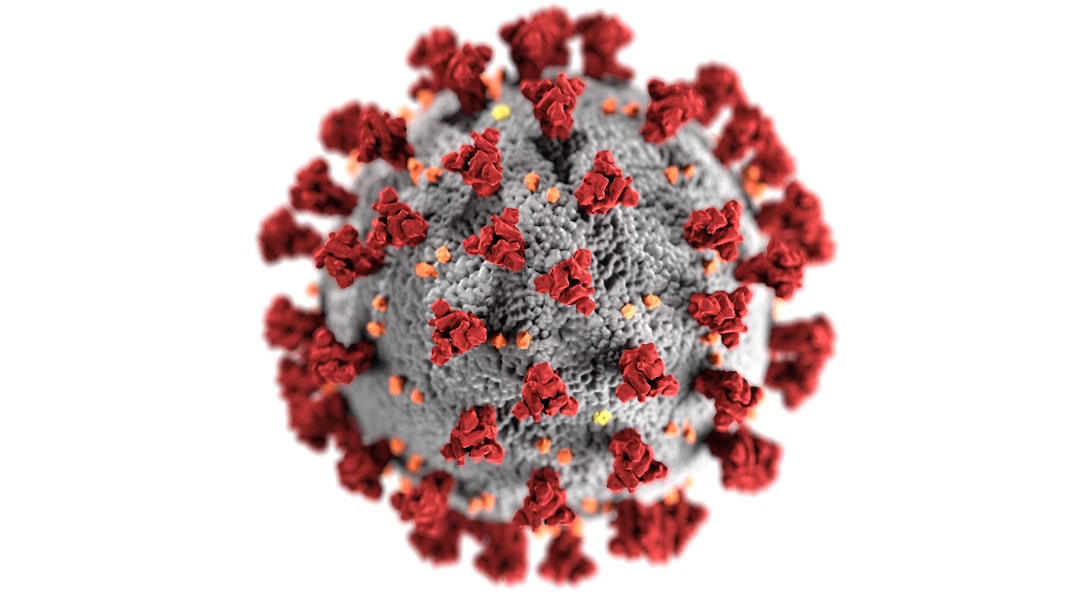What is it about?
Many companies need to react to markets that require more flexibility and customization, but they struggle in making the transition. This study of a Fortune 500 manufacturing company discuss what are the killers of the successful transition to mass customization. Identifying your enemy is the first step to take him down.
Featured Image
Why is it important?
Oftentimes people think of mass customization in terms of modularity, platform, postponement. This is true, but what we find is how marketing's approach to product specification, engineering culture, full product costing rules, supply chain constraints and sunk costs are all factors you need to keep under check for a successful transition to mass customization.
Perspectives
The paper is particularly important for companies that in the past excelled at standardized production. Paradoxically, excellence in standardization creates powerful hindrance factors in the transition towards mass customization. Such hindrance factors need to be addressed aggressively for successful change.
Dr Fabrizio Salvador
IE Business School
Read the Original
This page is a summary of: From Mass Production to Mass Customization: Hindrance Factors, Structural Inertia, and Transition Hazard, Production and Operations Management, May 2008, Wiley,
DOI: 10.3401/poms.1080.0025.
You can read the full text:
Resources
Contributors
The following have contributed to this page










